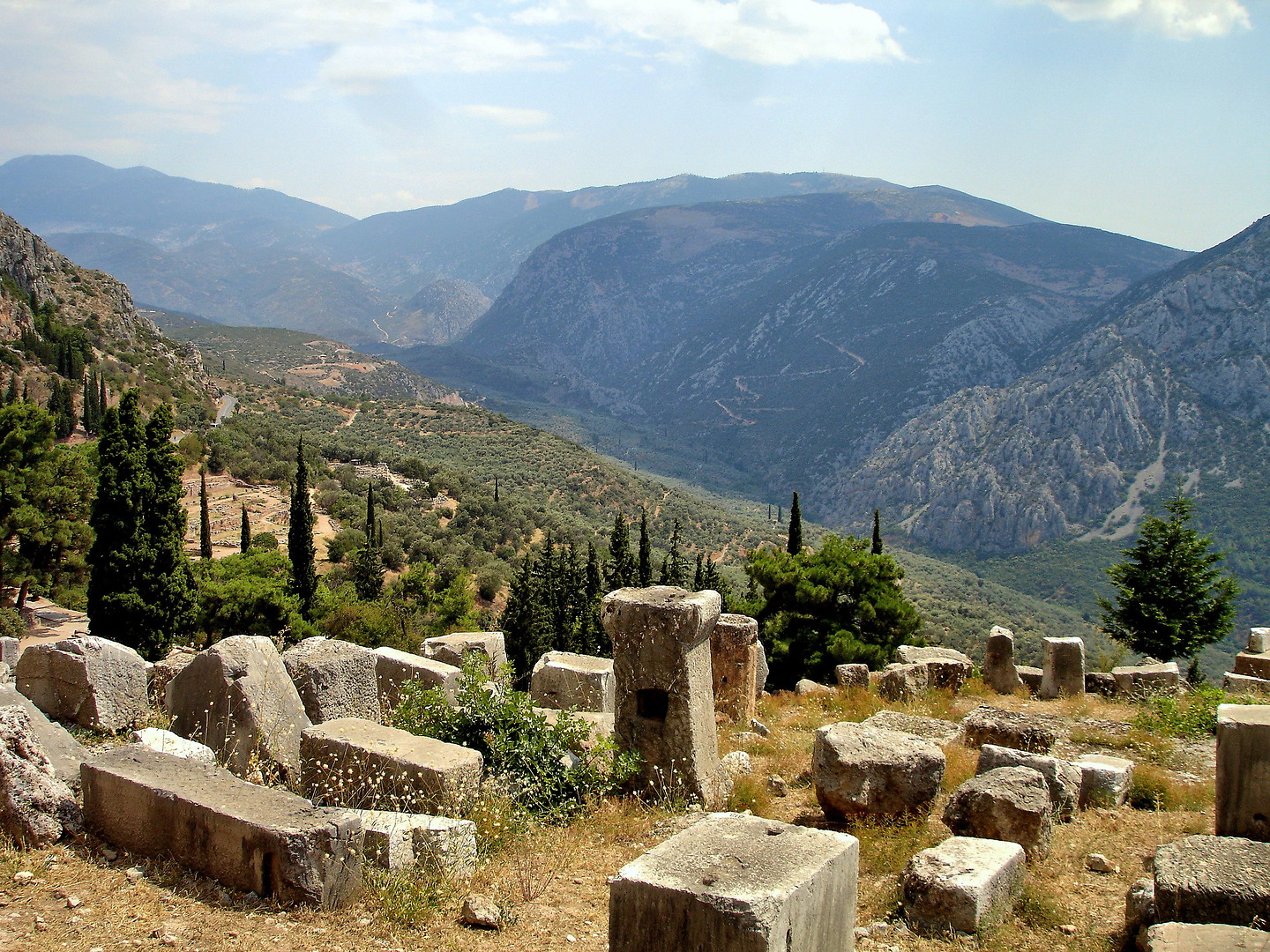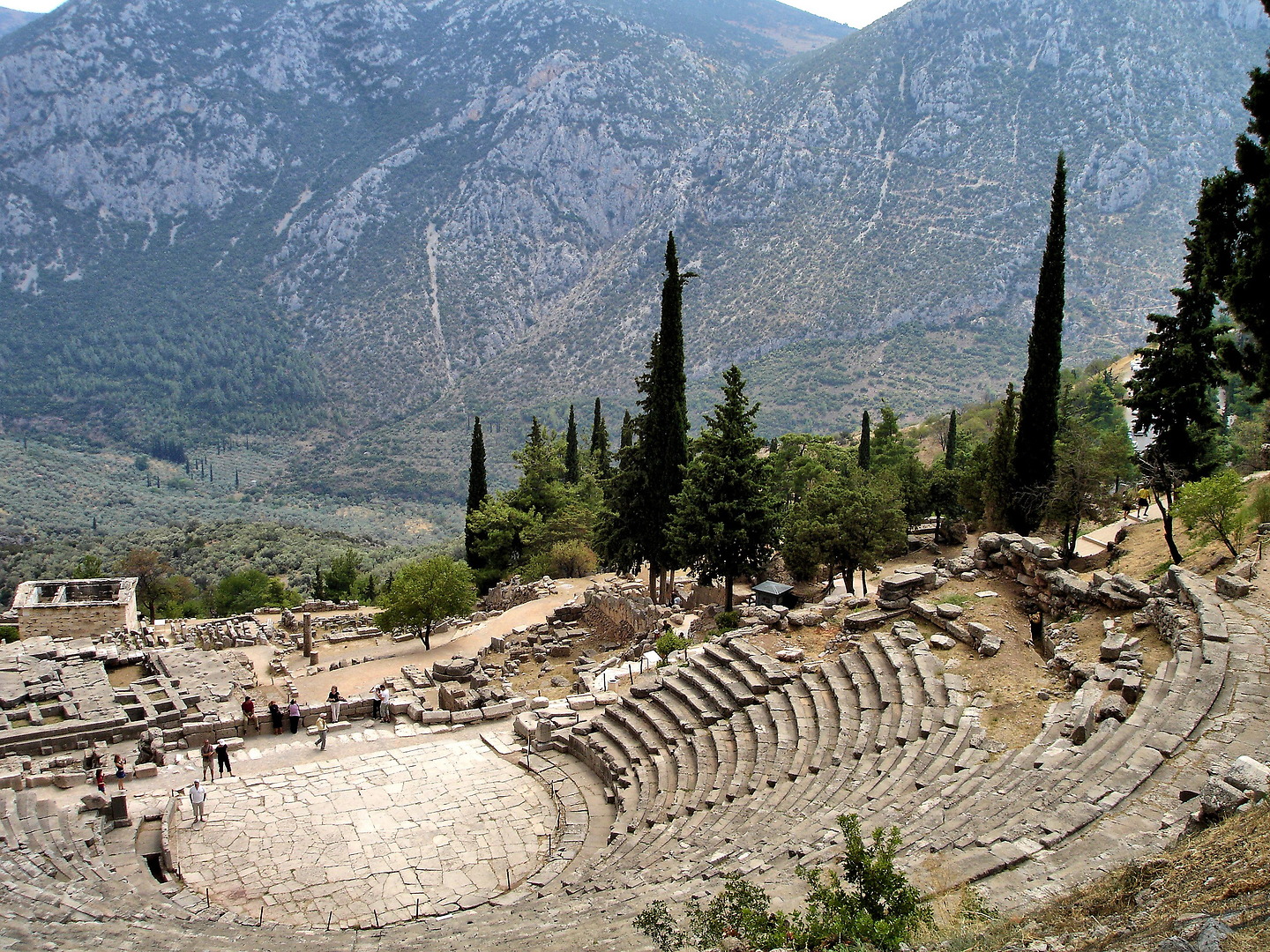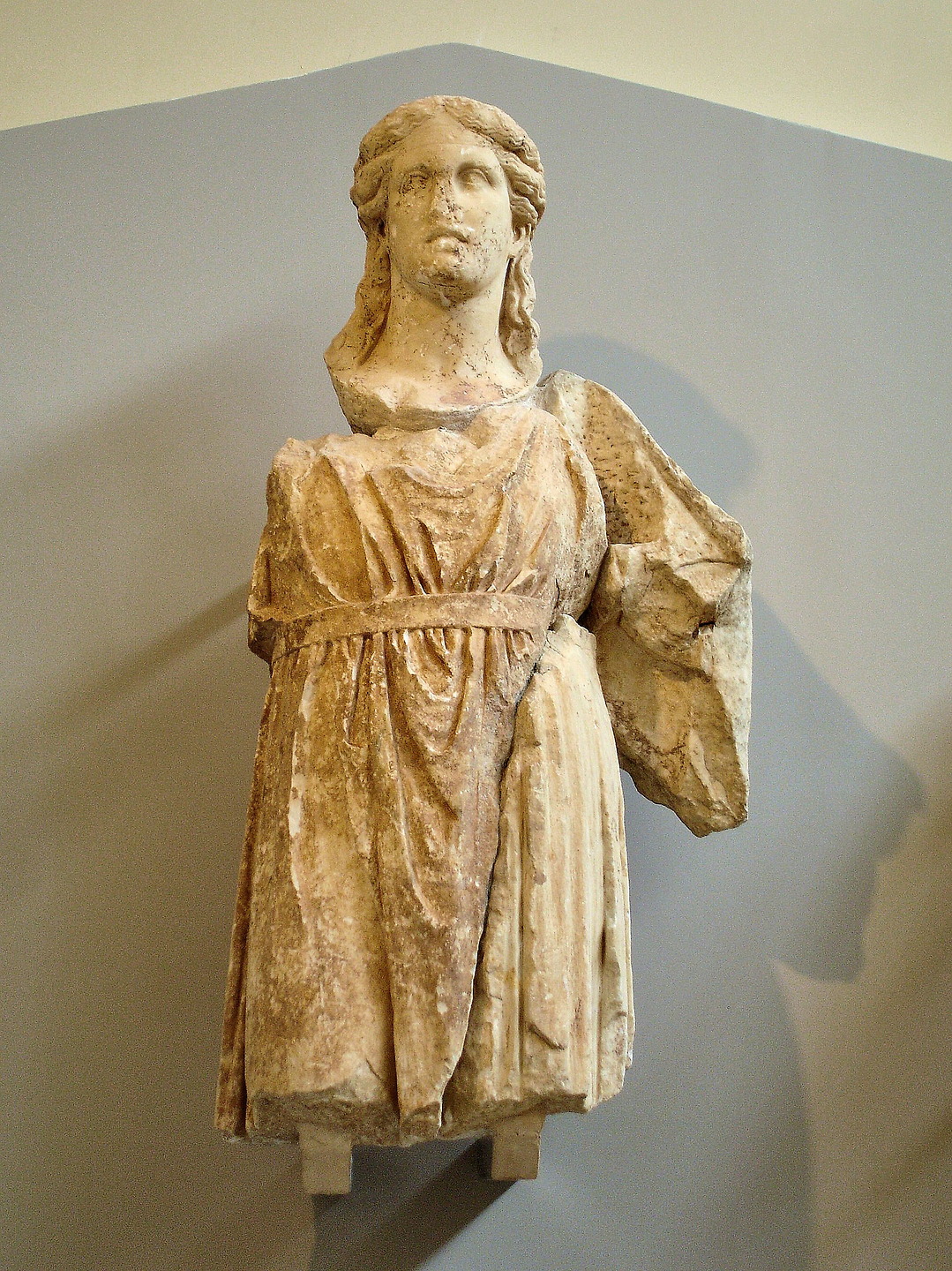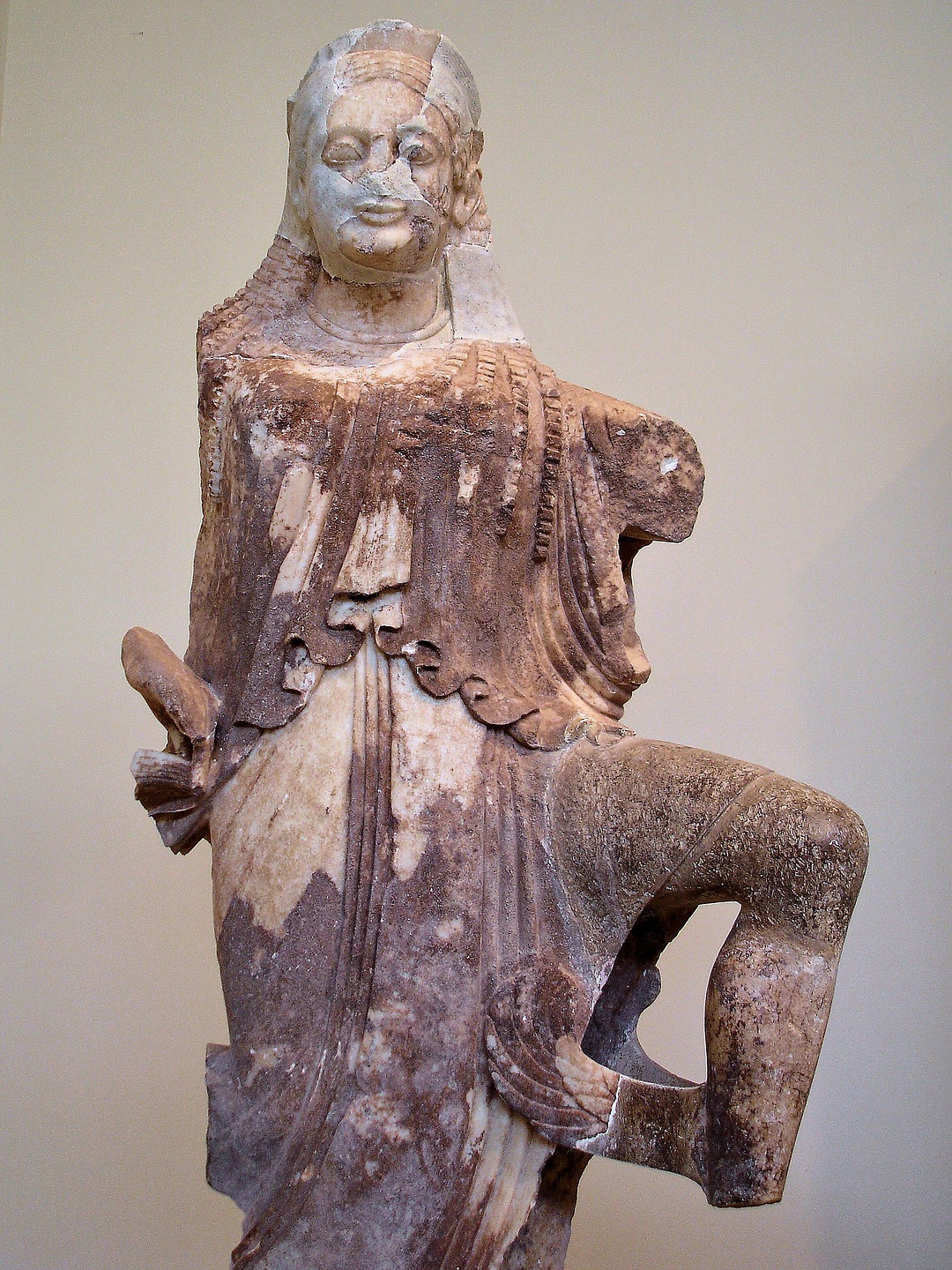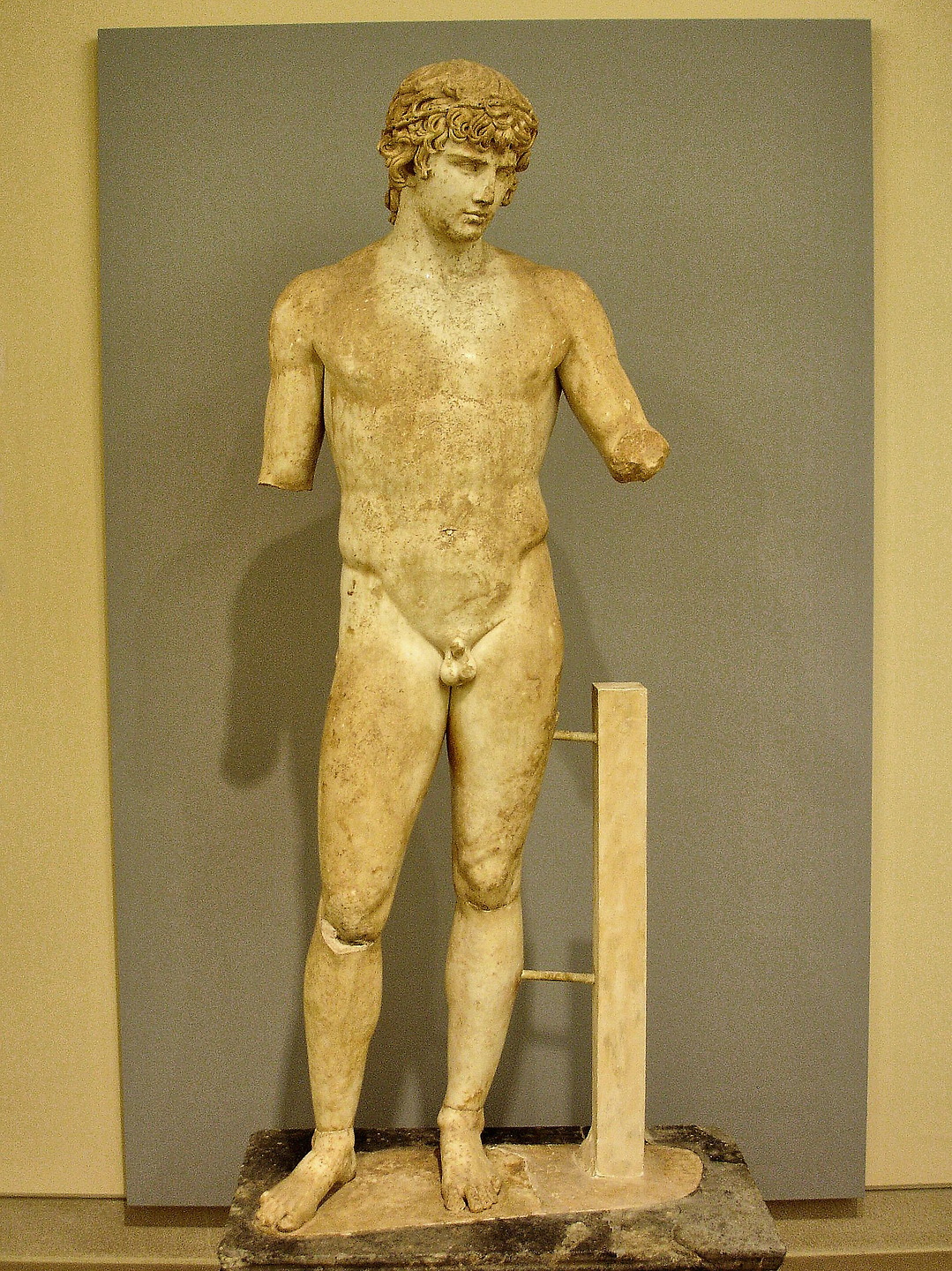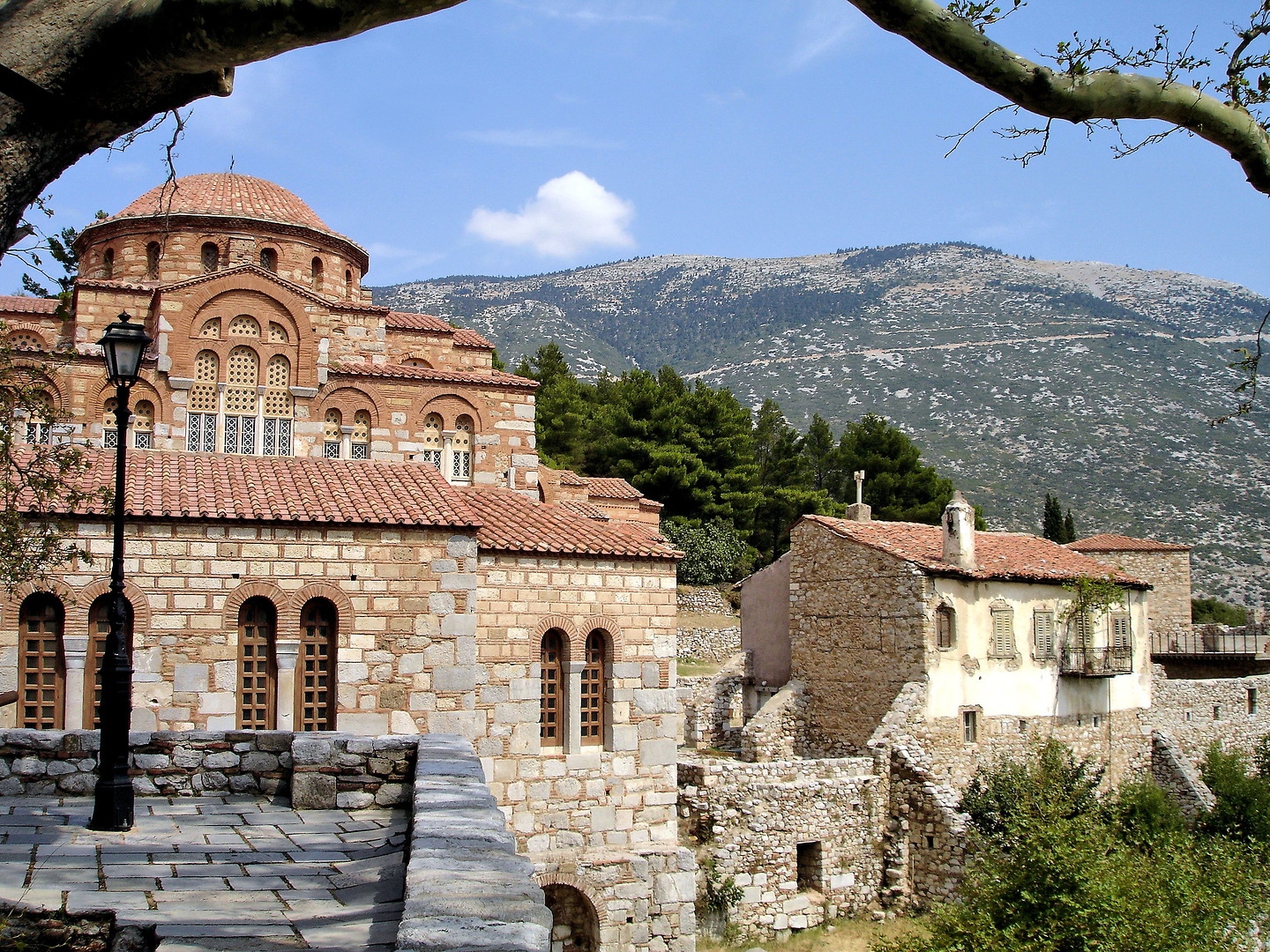From the 7th century BC until the 4th century AD, Delphi was one of the most significant places in Greece. The biggest draws were the Sanctuary of Apollo, the prophecies of the Oracle of Delphi and the prestigious Pythian Games. Let this travel guide walk you through this amazing center of the world.











